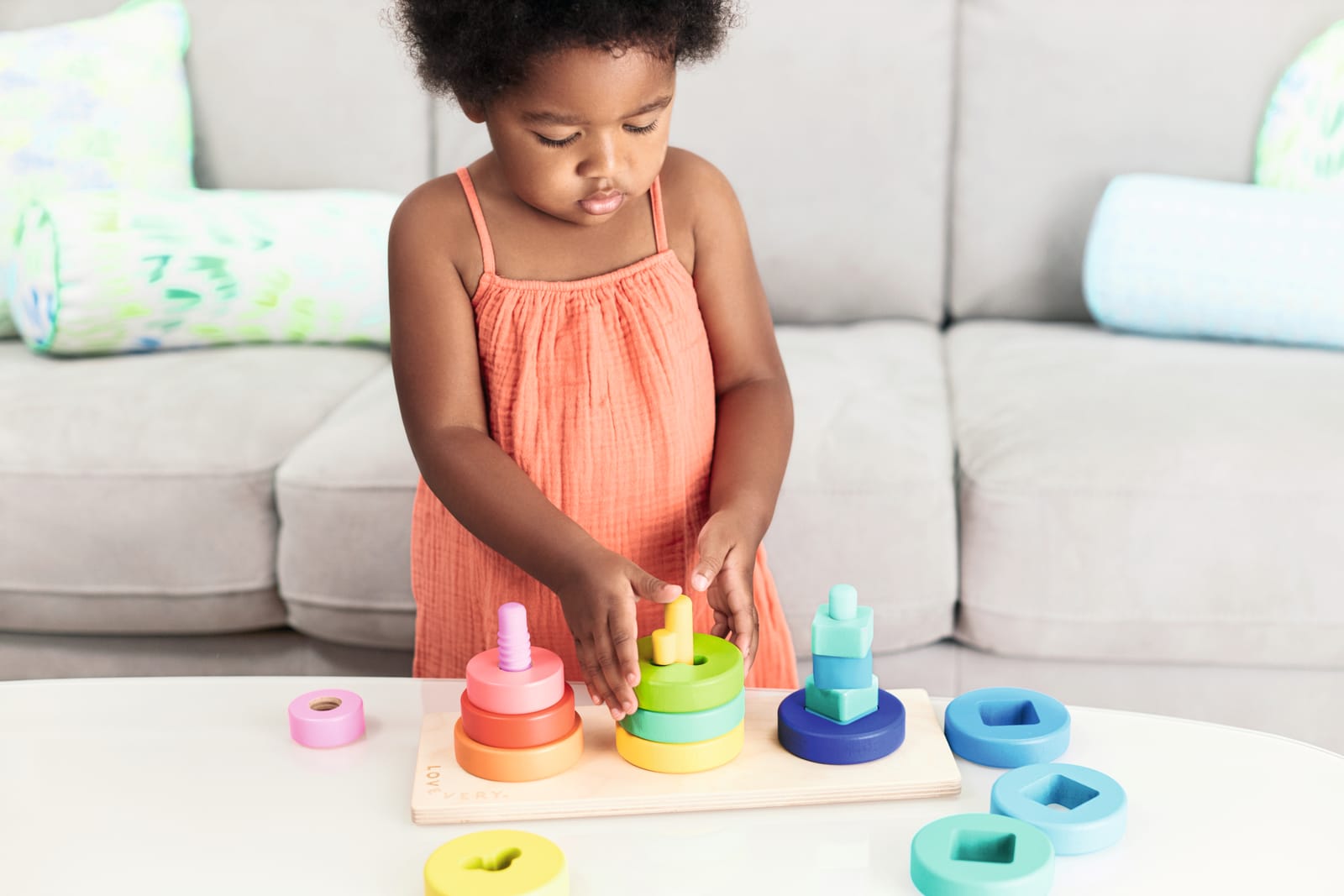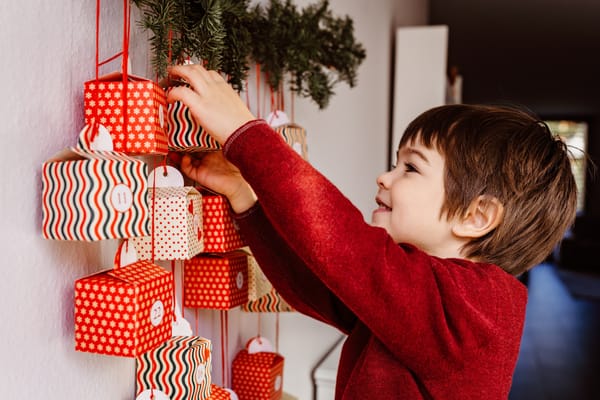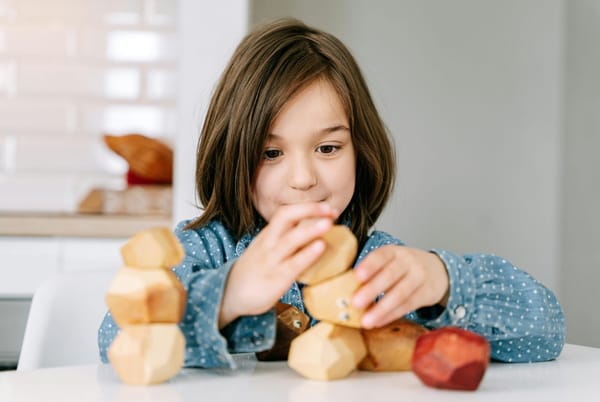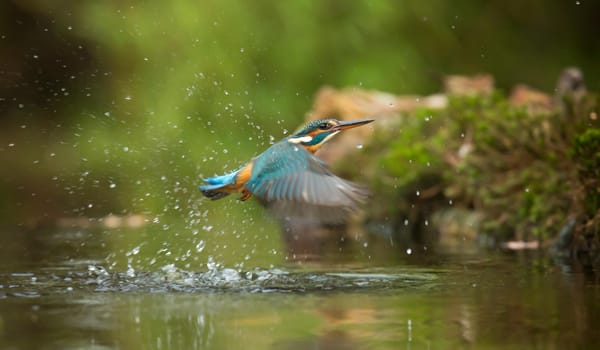Starting at around 12 months, children are beginning to understand the concept and may be able to recognise that different colours exist. They can’t yet identify different colours or say their names, but children of this age begin to show preference for one colour over another.
On average, toddlers start learning to successfully match colours at around two and a half years old. Before they’re able to correctly identify different ones, though, they need an awareness of the concept of colour.
Here are a few ways to help support their cognitive development:
1 NAMING OBJECTS FIRST Consider using the method described in a Stanford University study which pinpointed an effective way to teach young children about colours, which might call for just a tiny tweak in the way you describe them to your toddler. Parents typically introduce colour by saying “look at the green ball”, or “that’s a red apple”. However, the Stanford study found that reversing the order—“the ball is green” or “the apple is red”—made a significant difference in a toddler’s ability to identify colours.
Young kids tend to process language in order, and so the words they hear first have more importance; if they hear the object first, it’s easier for them to learn that what comes next describes it. When speaking or playing with your child, work on naming the object first and then its colour.
2 PRACTISE MATCHING Between 19 and 24 months, many children are starting to learn how to colour match. Many two-year-olds can recognise primary colours—and even some others—and laundry is a great opportunity to support your child’s budding matching skills. Name the colour of each item of clothing as you fold it and put it in a pile. Try saying, “this sock is red—can you find another red sock that matches it?”
3 SENSORY PLAY Adding colour to sensory activities heightens your toddler’s interest and keeps their attention longer. The more your toddler engages their senses, the stronger the neural pathways in their brain become. Consider combining finemotor work and colour matching with a sensory bin scoop-and-sort game. Add water and small floating objects (plastic blocks or eggs, foam shapes, flowers and leaves, etc.) in an assortment of colours to a sensory table or large, shallow bin. Provide your child with a slotted metal or wooden spoon and cups that are colour coordinated with the items in the bin. Show your child how to scoop the items from the bin with the spoon and place them into the corresponding cup.
4 GO ON A COLOUR HUNT Cut out pieces of various coloured paper and mix them up in a bowl or jar. Take turns closing your eyes and pulling one piece of coloured paper from the container. Whichever colour you select is the scavenger hunt colour. Look around your home, garden or park for objects that match the colour, and bring them back to compare.
5 EXPLORE COLOURING Your toddler may only want to draw for a brief moment or two, or may have no interest in colouring at all. Right now, it’s all about the process, not the result—and the process may involve repeated offers before they engage. You can put a few crayons and a piece of paper out on a low table and see what they do with them. They may also be more likely to try if you sit and draw with them.
With thanks to lovevery.co.uk







